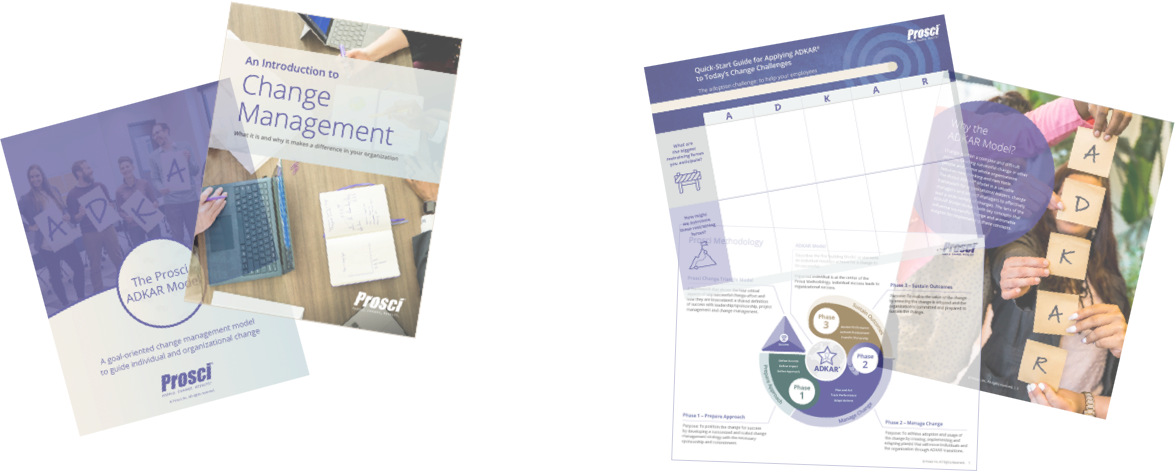

Enterprise - 6 MINS
The Change Advantage: Thriving Through Economic Headwinds
In today's global marketplace, uncertainty has become the only certainty. Leaders face unprecedented challenges—from rising inflation and trade tensions to rapid technological disruption and shifting workforce expectations. Making strategic decisions amid such volatile market conditions demands both agility and foresight.
Read story ![]()















